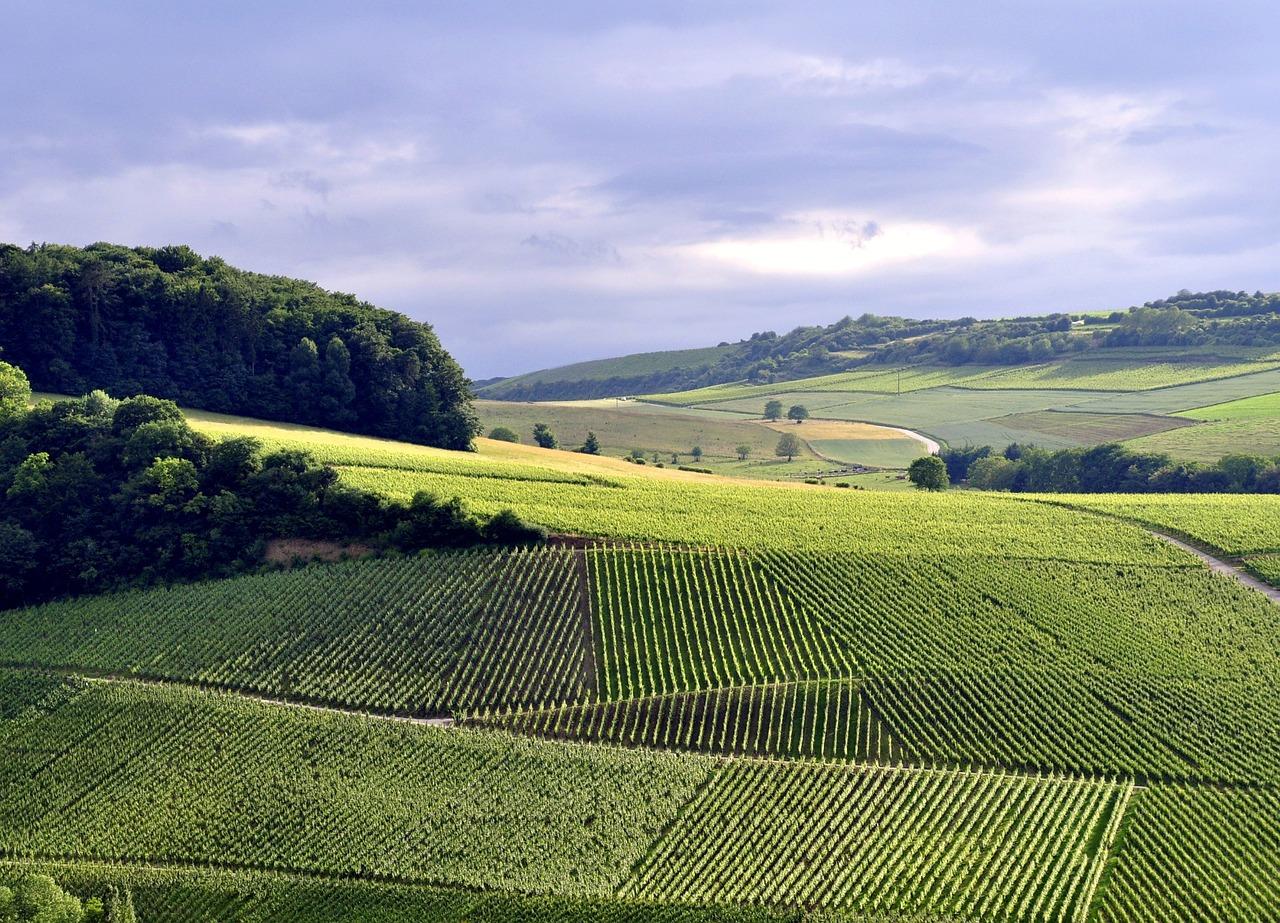Luxembourg, a small European nation tucked between Belgium, France, and Germany, may often be overlooked by tourists in favor of its larger and more well-known neighbors. However, this tiny country has a rich and fascinating history that is waiting to be discovered. From its origins as a medieval fortress to its role in World War II, Luxembourg has a story to tell. In this article, we will take a journey through the past of this unique nation, uncovering its hidden gems and exploring the location of one of the most significant battles in its history – the Battle of the Bulge in Wiltz, in the north of Luxembourg.
The Early Years: From Fortress to Nation
Luxembourg has a long and complex history, dating back to the Roman era. However, it wasn’t until the 10th century that it began to take shape as a nation. In 963, Count Siegfried built a fortress on a rocky outcrop overlooking the Alzette and Pétrusse rivers, laying the foundation for the city of Luxembourg. Over the centuries, the fortress expanded and evolved, becoming a strategic stronghold for various rulers and empires.
In the 14th century, the Duchy of Luxembourg was established, and the city became the capital of this independent state. It was during this time that Luxembourg experienced a period of prosperity, as it became a center of trade and commerce. However, the city also faced numerous sieges and invasions, including a devastating attack by the French in the 1680s.
Hidden Gems in Luxembourg
Today, the city of Luxembourg is a charming mix of old and new, with its historic fortifications and modern buildings coexisting in harmony. But beyond the well-known attractions such as the Grand Ducal Palace and the Notre-Dame Cathedral, there are hidden gems waiting to be discovered by curious travelers.
One such gem is the Bock Casemates, a network of underground tunnels and galleries that were once part of the city’s defensive fortifications. These tunnels, carved into the rock, were used as shelters during times of war and can now be explored on guided tours.
Another hidden gem is the Grund neighborhood, located at the foot of the fortress. This picturesque area is filled with quaint houses, narrow streets, and charming cafes, making it the perfect place to wander and soak up the local atmosphere.
The Battle of the Bulge in Wiltz: A Significant Moment in History
In December 1944, during the final stages of World War II, the Battle of the Bulge took place in the Ardennes region, which includes the north of Luxembourg. This was a major offensive launched by the German army in an attempt to push back the Allied forces and regain control of the area.
The town of Wiltz, located in the north of Luxembourg, was a key location during this battle. It was here that the German army set up their headquarters, and the town was heavily bombed by the Allied forces. Today, visitors can still see the remnants of this battle, including the ruins of the castle where the German headquarters were located.
Visiting Wiltz and the Battle of the Bulge
For history enthusiasts, a visit to Wiltz and the surrounding area is a must. The town has a museum dedicated to the Battle of the Bulge, where visitors can learn about the events that took place and see artifacts from the battle. The museum also offers guided tours of the town and its significant locations.
One of the most moving sites in Wiltz is the American Military Cemetery, where over 5,000 soldiers who lost their lives during the Battle of the Bulge are buried. This peaceful and solemn place serves as a reminder of the sacrifices made during the war.
For a more immersive experience, visitors can also take a tour of the battlefield itself, where they can see the trenches, bunkers, and other remnants of the battle. The tour also includes a visit to the German military cemetery, providing a balanced perspective on the events that took place. Luxembourg’s history is full of fascinating stories and significant moments that have shaped the country into what it is today. From its origins as a medieval fortress to its role in World War II, this small nation has a lot to offer for those interested in delving into its past. So the next time you plan a trip to Europe, don’t forget to include Luxembourg in your itinerary and discover its hidden gems and historic locations, such as the Battle of the Bulge in Wiltz.




